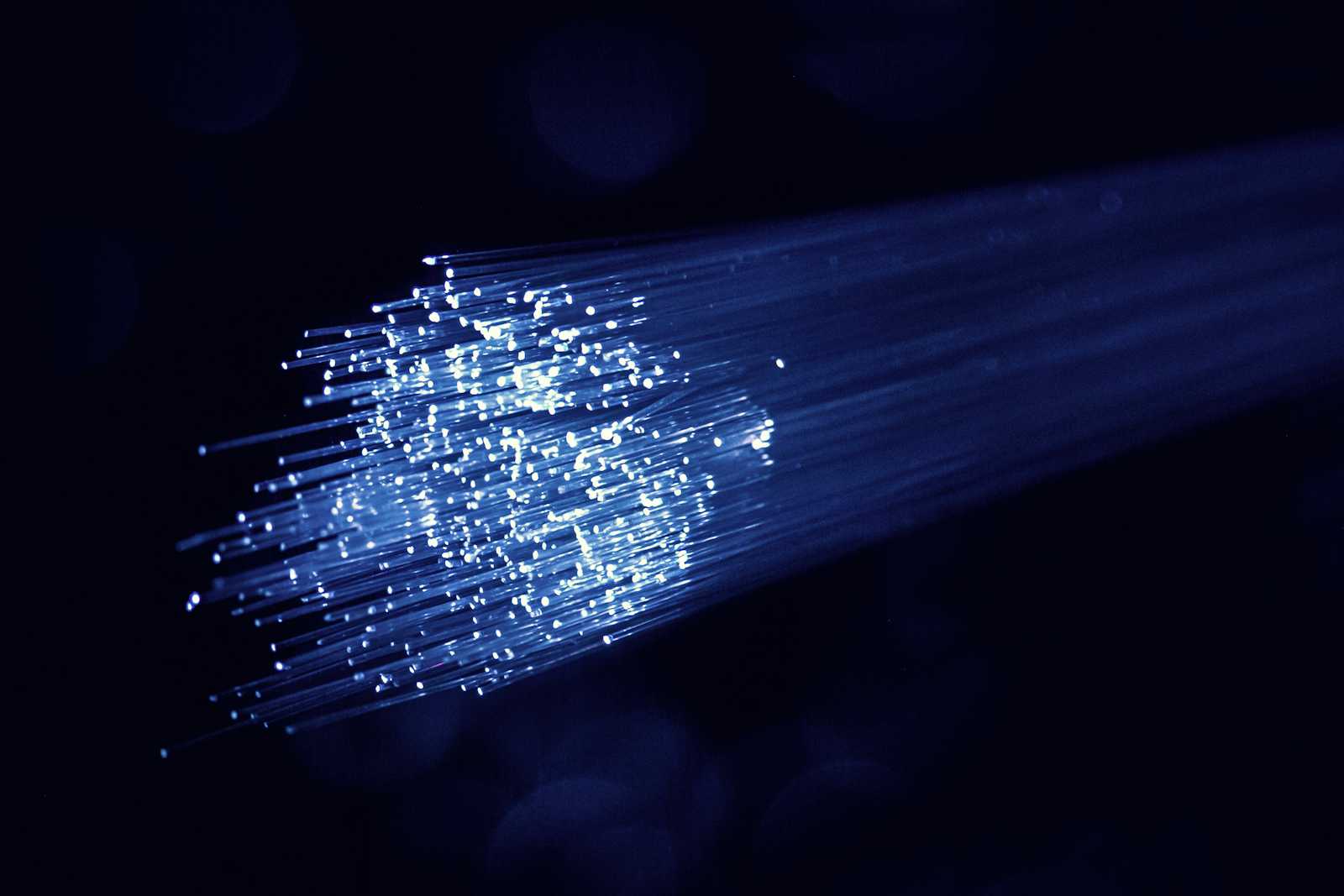Deep Dive into Neural Networks: Practical Applications and Real-World Use Cases
 Emily Joe
Emily Joe
While reading this article, which part of your body thinks about the content? Of course, it is the brain! But do you know how the human brain carries out its functions? It has neurons or nerve cells that are the fundamental blocks of the brain. These neurons take sensations from the outside world, which are transmitted and processed, and later offer the result, which might be the input for the next neuron.
Each of these neurons is relevant to other neurons in complex interconnected patterns at the synapses. How is this related to artificial neural networks, or simply what are they? This blog explores what a neural network is and its applications.
What Does a Neural Network?
A neural network is a machine learning system that tries to emulate how the human mind functions to support AI. It is used with nodes organized in layers that process data and pass information in the network to establish relationships.
The network user then inserts an input, and the neural network produces an output. However, it first goes through a hierarchy of other layers with nodes carrying weights to complicate and enhance the machine's interpretation of that particular input.
Neural networks find applications where the relations between input and output variables are not predefined and thus cannot be labeled easily in open-ended areas.
Neural Network Use Cases
It is time to examine some companies and how they adopt neural networks to suit specific industry solutions.
Let's consider some solutions from Google and IBM:
This program makes it easy to translate text in an image using Google Translate without typing it manually. For instance, you can snap a picture of a street sign or note written by hand, and Google Translate will translate it.
In 2018, IBM applied neural networks for producing video summaries of the Master's golf based on a player of a customer's choosing. Audiences could filter the highlights by their choices and navigate through the spoiler-free mode that protected the viewers from the dramatic cliffhangers.
DOI, IBM Watson, and Quest Diagnostics, with the help of Memorial Sloan Kettering Cancer Center, incorporated artificial intelligence based on neural networks to start analyzing laboratory results of patients diagnosed with cancer to offer them genetic testing. After comparing the outcomes with the database of cancer-related research, the AI determines the further individual treatment course for the patient. It is quite possible that an AI agent can accomplish this work in a much shorter time than a human healthcare professional would.
Applications of Neural Networks
Neural networks have critical tasks in coordinating and directing how selected industries run their operations, such as automotive, health, and finance.
1. Facial Recognition
Facial recognition systems are very effective systems of surveillance. Recognition Systems match human faces to the displayed images to determine the correlation. They are used in offices for selective entries or security reasons. The systems verify a human face and associate it with the list of IDs in that database.
CNN is employed to identify faces and perform image recognition tasks. Many pictures are introduced to the database and used to train a neural network. Thus, the collected images are passed through various processes to prepare for training. Sampling layers in convolution neural networks are used for proper evaluations all the time. Models are designed significantly for the high rate of recognition.
2. Aerospace
Aerospace Engineering is an unspecified term encompassing the vast field of aircraft and space vehicles. Some major application areas of the neural networks used in aerospace engineering include modeling significant dynamic simulations, protecting the aircraft's control systems, and developing higher autopiloting and fault detection methods.
TNN- time delay neural network is used when modeling the systems with the non-linear dynamic; when this is used, the dynamics supplied to the neural networks are more robust, and independent feature recognition is possible. This means the algorithm developed for time delay neural networks is designed to identify and confirm the patterns.
| Know More: Essential Deep Learning Algorithms for Artificial Neural Networks
3. Medical Imaging
Medical practitioners can use neural networks to read medical images such as X-rays and MRIs. Artificial intelligence can look at a medical image in a second compared to a human professional.
4. Signature Recognition and Handwriting Authentication
Fingerprints are vital in ascertaining the suitability of a person's information. This technology is helpful for the identification of people by institutions such as banks. It may not be surprising that many financial institutions are victims of fake signatures, and thus, there is a need to have an efficient solution to check the details.
5. Defense
The core of every country's defense sector is its defense sector. Military strength decides a nation's position in the global community through the outcome of executed operations. The defense strategies of countries with advanced technology are also an outcome of neural networks.
| Read more: Artificial Intelligence Career
Conclusion
Neural networks have proven helpful in many areas, such as spur automation, customization, and optimization. As artificial neural networks replicate specific parts of the human brain, they offer a way to address goals formally anathema to conventional computers. Thus, further research and technology development will open new horizons for using neural networks, changing industries worldwide.
Subscribe to my newsletter
Read articles from Emily Joe directly inside your inbox. Subscribe to the newsletter, and don't miss out.
Written by
